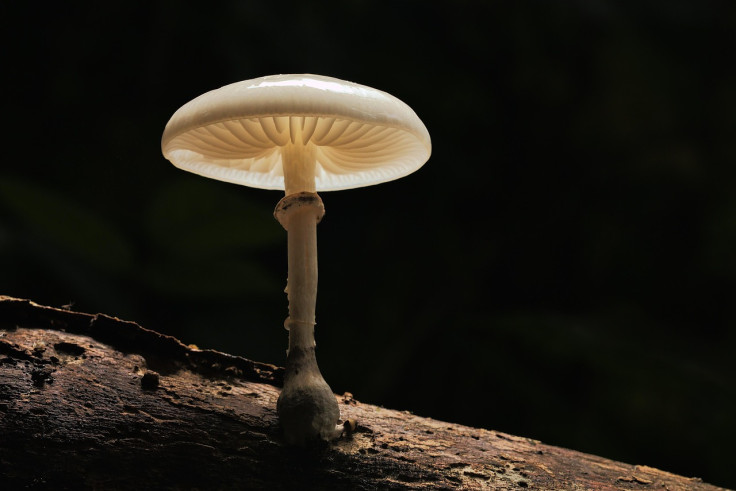Death Cap Mushroom Lady Trial Twist: Expert Disputes Phone Data Linking Her to Toxic Mushroom Sites
Court questions reliability of phone data in 'Death Cap Mushroom Lady' poisoning trial

Fresh controversy has erupted in the trial of the so-called Death Cap Mushroom Lady, as expert testimony throws serious doubt on key prosecution claims.
Erin Patterson, accused of fatally poisoning her relatives with a toxic mushroom-laced beef Wellington, is now at the centre of a legal storm over the reliability of mobile phone data. A court has heard that location evidence used to link her to areas where deadly mushrooms grow may be fundamentally flawed — raising fresh questions about the strength of the case against her.
The defence's telecommunications expert, Dr Matthew Sorell, confirmed that such data cannot definitively prove a person's presence at a specific spot without additional corroboration. This realisation casts doubt over earlier suggestions that Patterson's movements could be precisely mapped to the locations where death cap mushrooms were found.
An Overview Of The Case
Erin Patterson is currently on trial in Australia for allegedly poisoning her family with deadly mushrooms during a family lunch, resulting in three deaths and one critical illness. Prosecutors claim she intentionally laced the homemade beef Wellington with toxic wild mushrooms she foraged herself, using deception, including lying about having cancer to lure her guests. Early evidence was interpreted to suggest that she visited areas known for death cap mushrooms, raising suspicion of premeditation.
Her defense argues the incident was an unintended tragedy driven by panic, not murder, and highlights her inconsistent statements and behaviour following the meal. The trial is examining whether her actions were deliberate or accidental, with the outcome expected to clarify her intent in this tragic case.
Limitations of Mobile Phone Data
During the trial, the court heard that mobile phones, particularly in rural areas, often connect with the base station offering the best coverage, not necessarily the closest one. Dr Sorell explained that topography, such as hills and valleys, could mean a phone connects to a station up to 100 kilometres away, even if the user is much nearer to a different tower. This makes exact localisation through signals unreliable, especially in the countryside.
Colin Mandy SC, representing the defence, pressed the expert on the inherent limitations of phone data. He pointed out that a device could be in one place but still connect to a distant tower, making it impossible to establish a precise location. 'There's no way to prove a phone was in a particular area without corroborating evidence,' Dr Sorell agreed, emphasising that the data can only exclude certain areas rather than confirm presence.
Revisiting Patterson's Visit to Outtrim
Initially, Dr Sorell's analysis suggested Patterson's phone was unlikely to have been at Outtrim on 22 May 2023, based on call records. However, with more recent electronic behaviour monitoring (EBM) data, his revised view leaned towards a possible visit there. Despite this, he stressed that no direct 'line of sight' evidence was recorded, and the phone's connection to Outtrim could be consistent with being in Leongatha, which is nearby.
The defence argued that the data could not exclude the possibility that Patterson's phone remained in Leongatha, even if it connected to Outtrim stations. Dr Sorell agreed that the records show a degree of uncertainty; the data can suggest but not confirm her presence at specific locations. 'Nothing in the records indicates a visit to an exact address,' he said plainly.
Implications for the Case
This testimony underscores the difficulty in relying solely on mobile phone data to establish someone's precise location. While the records suggest Patterson's phone was in the general area of the mushroom spots, they do not prove her presence there at any specific time. The real challenge lies in the fact that the technology's limitations prevent establishing a definitive link between her and the locations where the fungi were found.
The case continues as the court considers whether Patterson's movements, as interpreted from unreliable location data, can be used as evidence of her involvement. Both sides agree that phone signals alone cannot definitively place her at the scene of the alleged crimes. It appears that the story of her movements, based solely on these signals, remains far from settled.
© Copyright IBTimes 2025. All rights reserved.





















